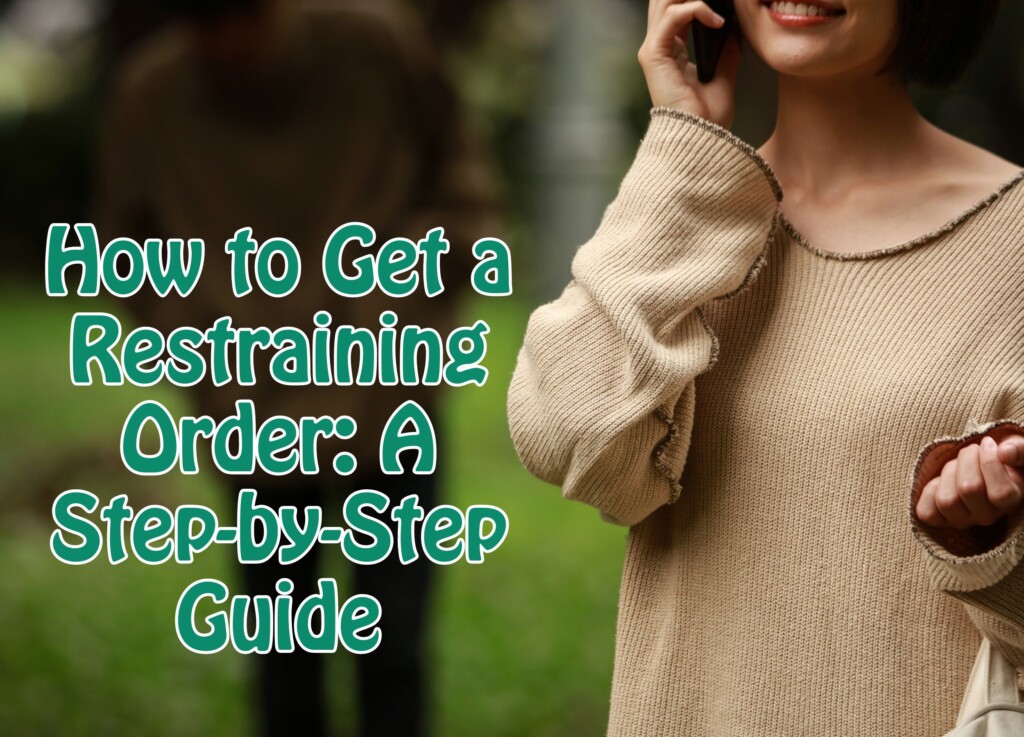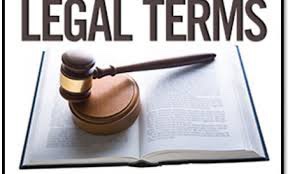If you’re in a situation where you feel threatened or harassed, getting a restraining order can be a crucial step in protecting yourself. It’s a legal way to keep someone at a distance and can offer you peace of mind. But the process can seem complicated, especially if you’re dealing with stress and fear. Don’t worry, we’re here to break it down for you in simple terms.

What is a Restraining Order?
First off, let’s clarify what a restraining order is. It’s a court order that prohibits someone from doing certain things, like contacting you, coming near you, or even being in specific places you frequent. It’s a way to legally tell someone to back off and give you space.
When Do You Need One?
You might need a restraining order if someone is stalking you, harassing you, or making you feel unsafe. This could be anyone from an ex-partner to a neighbor or even a family member. If you’re in immediate danger, call 911 first. A restraining order is a legal step, not an emergency response.
Types of Restraining Orders
There are different types of restraining orders, depending on your situation. These can include:
- Emergency Protective Order (EPO): This is a short-term order, usually lasting a few days, that you can get right away.
- Temporary Restraining Order (TRO): This lasts a bit longer, usually up to a few weeks, and is meant to protect you until you can get a more permanent solution.
- Permanent Restraining Order: This can last up to several years and is issued after a court hearing.
How to Apply for a Restraining Order
- Gather Evidence: Collect any evidence you have of the harassment or threats. This can include text messages, emails, or even eyewitness accounts.
- Visit Your Local Courthouse: Head to the courthouse and ask for the paperwork to file a restraining order. You’ll need to fill out these forms and provide as much detail as possible.
- File the Paperwork: Once you’ve filled out the forms, you’ll need to file them with the court clerk. There may be a filing fee, but you can ask for a fee waiver if you can’t afford it.
- Get a Court Date: After you file, you’ll get a court date. This is when you’ll go before a judge to make your case for why you need the restraining order.
- Attend the Hearing: On your court date, bring all your evidence and be prepared to explain why you need protection. If the judge agrees, you’ll be granted a restraining order.
- Serve the Order: The person you’re filing against needs to be officially notified, or “served,” with the restraining order. This usually involves law enforcement delivering the order to them.
- Follow Up: After the order is served, make sure to follow up with the court to confirm that everything is in place. Keep a copy of the restraining order with you at all times.
What Happens After You Get a Restraining Order?
Once the restraining order is in place, the person it’s against must follow the rules set by the court. If they violate these rules, they can face legal consequences, including arrest. It’s crucial to report any violations to the police immediately.
Final Thoughts
Getting a restraining order can be a stressful process, but it’s an important step in protecting yourself. If you’re dealing with a situation where you need to bounce back from setbacks and stay motivated to protect yourself, check out this eBook on transforming failure into success. It can offer you the mental tools you need to navigate challenging situations like this.
Remember, you don’t have to go through this alone. Reach out to friends, family, or professionals for support. And if you’re in immediate danger, don’t hesitate to call 911. Stay safe, and take the steps you need to protect yourself.
As an Amazon Associate we earn from qualifying purchases through some links in our articles.




